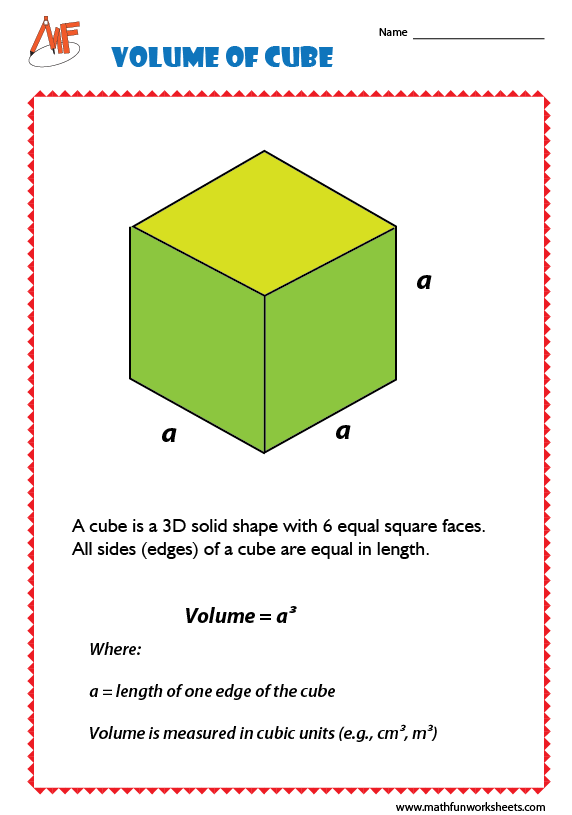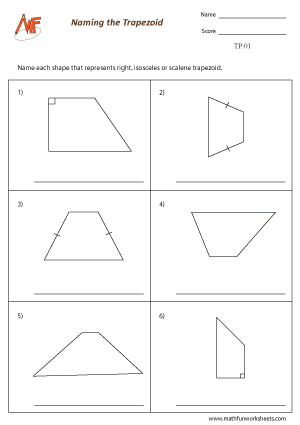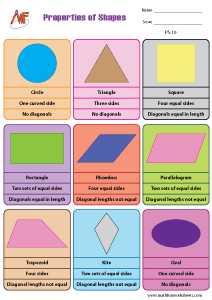Volume Worksheets
Home Geometry Volume Worksheets Volume Worksheets Grasping the concept of volume can be complicated for younger students. However, utilizing the appropriate resources can turn this task into an enjoyable one. Our volume worksheets aim to assist students, particularly those in Grade 5, in developing the skills required to measure space and shapes. With them, kids can learn with guidance and examples of concepts step-by-step and visuals at their own speed. These worksheets include all the basic 3D shapes such as cubes, cuboids, cones, and cylinders. Each sheet presents new ideas step by step. To begin, students are introduced to the formula for a shape. Students then learn to apply it to practical situations. This builds their understanding instead of memorizing the concept. What sets our volume worksheets apart? They are designed with children’s cognitive development in mind. Short how-to guides, a lot of hands-on practice, and real-life connections make these worksheets highly engaging. They can serve as class activities, review sheets, or even homework for educators. Additionally, students are also introduced to real-life problems which help them gain confidence. There is a gradual progression starting from basic problems to mixed ones which helps students naturally build their skills to understand more complex problems. Kids learn to apply volume concepts by solving increasingly simpler shape-based problems which leads to smoother transitions to more advanced concepts. Related Worksheets: 3D Shapes, Area of Shapes, Perimeter Worksheets Volume worksheets free download pdf Another great feature? These worksheets assist learners who prefer visual aids. Students do not just compute, they can visualize the various calculations. This assists in associating formulas with tangible things. To summarize, the value and volume worksheets are simple yet entertaining, effective for students in early grades, and imaginative ways to master volume. Worksheets offer a mathematical adventure along the classroom or homeroom. Start your child’s volume learning journey now, with certainty and illumination!




